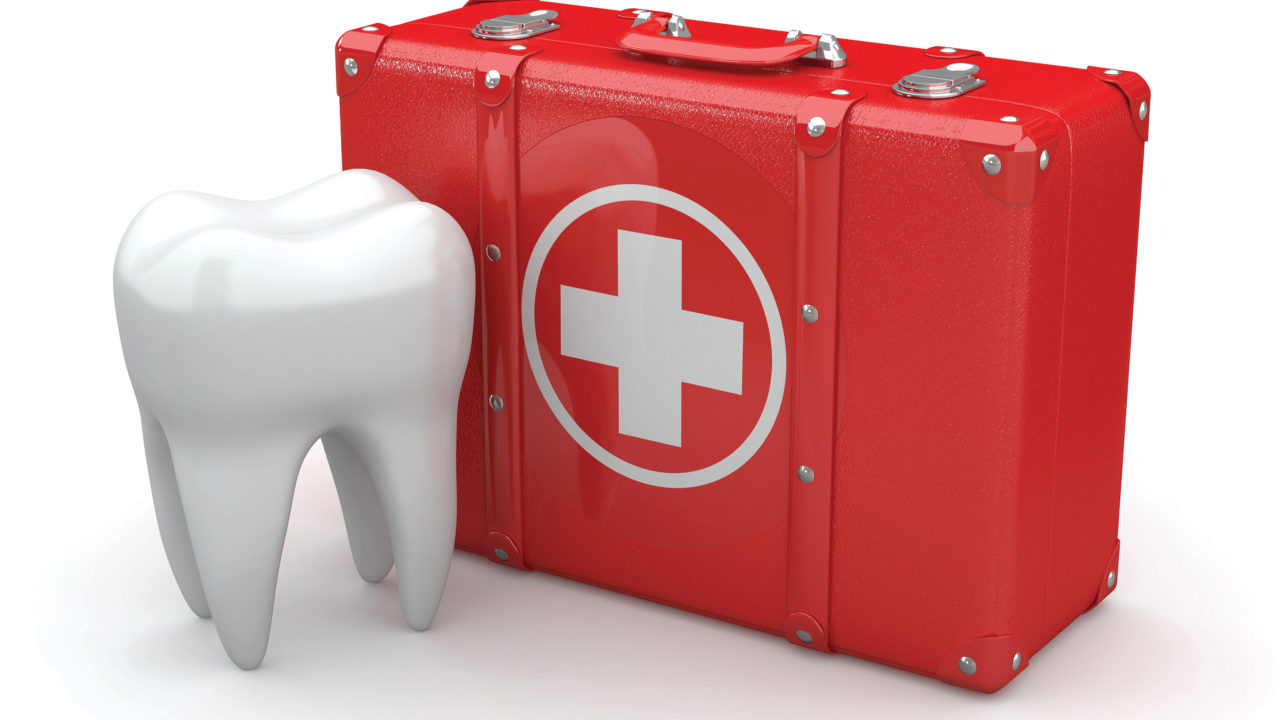Missing Adult Teeth
You’ve just taken your child to the dentist and have been informed that he/she has a missing adult tooth. They know this by taking a panoramic x-ray which is one of the reasons why this x-ray is a good screening tool at around 7 years of age.
When all the baby teeth are in place, there is usually no way of knowing if there are any missing adult teeth, extra teeth or teeth developing in the wrong position. Everything looks normal with the baby teeth and they start to loosen up and all seems fine. A few years will pass and you may notice that one of the upper baby incisors (front tooth) is still there on one side but the adult incisor is in place on the other side. Most likely, the upper adult incisor is missing as this is the tooth most commonly missing next to a wisdom tooth which nobody wants anyway! Now it’s not the end of the world and there is not really much that can be done about it at an early age ie. 7-11 years beyond providing information regarding how the missing tooth can be managed in the future. Let’s go over a few of the scenarios.
Typically, if there is good spacing in your child’s arch, that is, if there is not any crowding, there may be the need for a short course of braces once all the adult teeth erupt ie. after 13 years of age. This treatment would be necessary to prepare the space at the missing tooth site for an eventual tooth replacement and for our purposes here, let’s just say that would be a dental implant.
If there is crowding, then the orthodontic correction becomes more involved as space would need to be gained for the missing tooth by making the arches larger. Sometimes the crowding is severe, in which case the solution may involve closing the space to avoid having to replace the missing tooth in the future. Your orthodontist would discuss all the options with you and provide the preferred treatment choice in your child’s situation.
Besides the missing upper incisor, other commonly missing teeth are the lower adult front teeth and the upper and lower second premolars. These are located just before the big molars at the back. Again, x-rays are the best way to confirm missing teeth. Another clue would be if a baby tooth does not fall out when it’s supposed to and it fails to loosen up. In fact, a baby tooth that does not fall out on time could also mean that the adult tooth is there but not growing in straight or blocked by an extra tooth.
Managing the eruption of your child’s teeth is extremely important and it is always better to identify the potential problems early to intercept any irregularities in tooth eruption. Timely management can ensure that your child’s teeth grow in as best as they can.
Doctors Hill and Gross have the experience to help craft beautiful smiles for all manner of patients, both children and adults.














